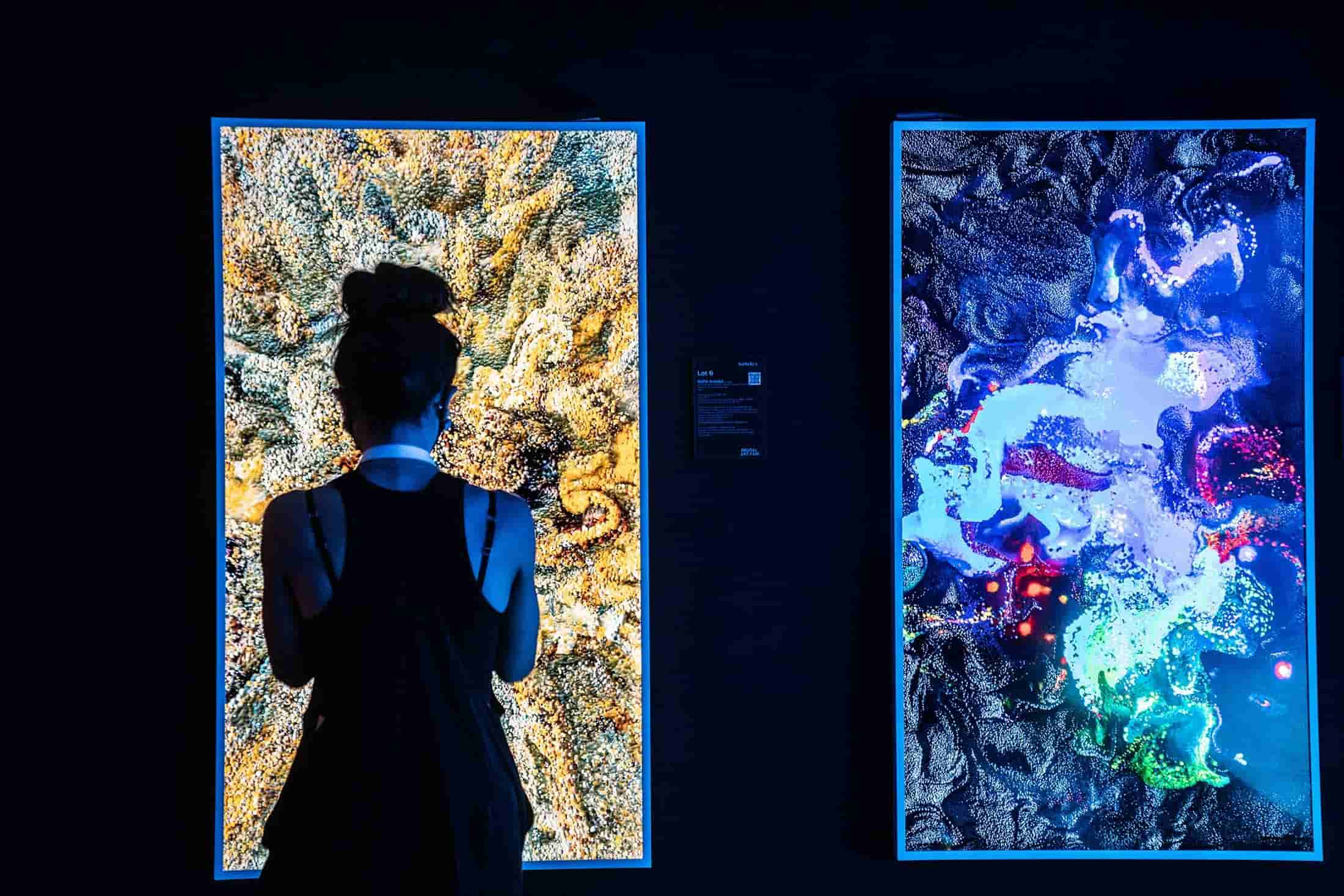

The world was still at the point of comprehending and accepting the application of blockchain technology as a springboard for decentralised finance when NFTs took the world by surprise.
Non-fungible Tokens – or NFTs, as they are more simply known – are changing the scope and dynamics of the digital world with each passing day. Specifically, this digital asset is a form of representation that validates ownership. More so, unlike cryptocurrency, they are not interchangeable with other NFT items because of their unique properties.
That said, where the digital asset is an art piece (a drawing, painting or animation, for example), video clips, virtual estate, in-game items, or any other collectables, the NFT is used to tokenise them and personalise their ownership. This then brings us to the next phase – NFT minting.
For those who are not familiar with the space, NFT minting is the process of converting an art piece or collectable into a unique item. As simple as that, however, there is perhaps more to how that works, which is exactly what we will try to explain after now.
For individual art pieces or collectables to become a unique NFT, it has to first be ‘minted’ which implies it has to undergo a process where it bears a blockchain element.
This could also mean that the art piece or collectable has to be hosted on a blockchain whereby it can be encrypted with a unique code that enables personalised ownership.
As such, each art piece or collectable can be minted as an NFT on any host blockchain such as Ethereum, Solana, and other NFT-compatible chains. Technically, this process involves using the native blockchain cryptocurrency wallet, and some cryptocurrency assets for validation and gas (transaction fee).
Basically, the NFT process can be compared to uploading a profile picture on a social media application. The difference, in this case, is that a digital art piece or collectable is uploaded on-chain.
Specifically, the crypto wallet that is used to mint NFT acts as the gateway pass for a collectable to access the blockchain, while also keeping track of the transaction history on each item.
The crypto wallet further provides necessary access and extends the security of the host blockchain to the NFT item via public address and a private key respectively.
Because NFTs are minted on different blockchains, their prices vary from one to another, and even when on the same blockchain, the cost of one NFT may not exactly be the same as another. This, however, can be attributed to a lot of factors including, quality of project, data size, transaction speed and gas fee, among other things.
With respect to price, the average cost of an NFT is further determined by rarity, which means, in addition to the factors that have been mentioned earlier, the price of an NFT can shoot up based on law of scarcity.
As a result, the prices of minting an NFT can range from as low as $1 to an average of $900, and sometimes even higher. However, the overall cost is largely determined by its rarity. Currently, the most expensive single unit NFT themed “Everydays – The first 5,000 days” sold for $69.3 million. Likewise, Jack Dorsey, Twitter founder, also sold his first-ever tweet for as high as $2.9 million.
The average cost of NFTs varies between different marketplaces; from $900 on Mintable, to $500 on OpenSea, and $150 on Valuable among others. Even so, the cost of NFTs are usually on the high side during weekdays, owing to a lot of on-chain activities. This further suggests that the cost of minting NFTs are relatively cheaper on Saturdays and Sundays.
It is important to do diligent findings of the gas fee, active trading period of the week, computational processes, and host/base blockchain when you are about to mint an NFT. This is important because all of these factors contribute variably to the overall cost of an NFT. These factors are also responsible for the volatility of NFTs.
Depending on the marketplace, there are three major fees attached to NFT art; upfront, per-sale, and subscription. The first is usually charged as the cost of minting an NFT, the second is charged on sales and the amount realised is used in paying validating nodes. The subscription fee is charged periodically (often monthly) for the maintenance of the marketplace.
Ultimately, NFTs are largely in their infancy, implying that this space is very much evolving by the day. This also means that what determines the cost is not constant, and can be generally manipulated.
Denver, Colorado, 24th February 2025, Chainwire
Denver, Colorado, 20th February 2025, Chainwire
Washington, D.C., 18th February 2025, Chainwire
Dubai, UAE, 27th January 2025, Chainwire
Those who enter the market at this time may be surprised to hear that Bitcoin…
George Town, Grand Cayman, 22nd November 2024, Chainwire